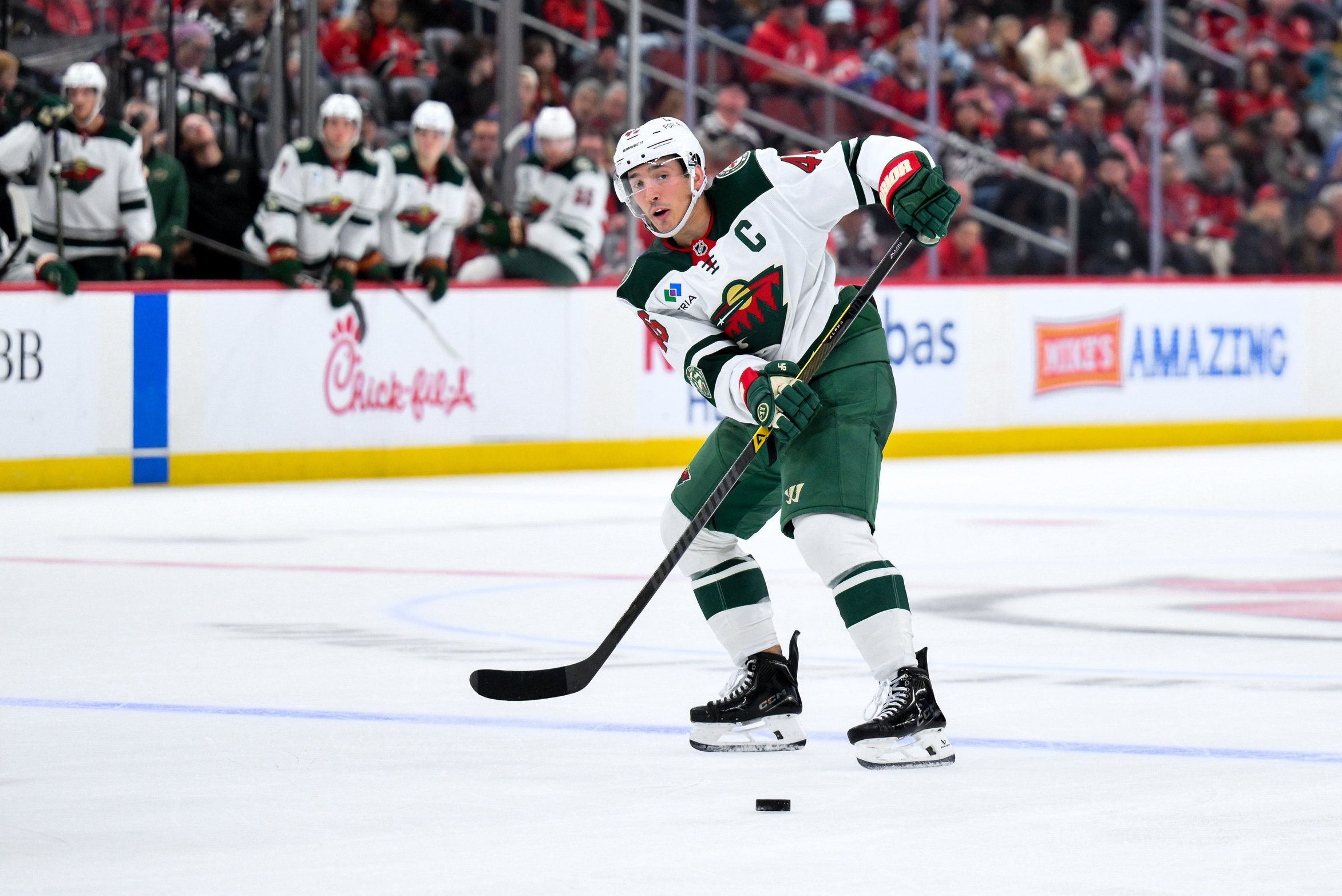
In the 2003 Michael Lewis book "Moneyball: The Art of Winning An Unfair Game," the Oakland A's acquired David Justice. Justice was a two-time 40-home run player who gave the Athletics what hockey men call Rings in the Room, but that's not nearly why the A's targeted the 36-year-old for the 2002 season.
Justice was washed, so it seemed. He hit just .241 (back when the league average was .261, not .245) and hit just 18 homers as a 35-year-old for the New York Yankees. But the A's didn't give a rip about his batting average, or his diminished speed, or his nose-diving power. They wanted the skills that didn't age.
At the height of his powers, Justice was incredible at telling a ball from a strike. From 1990 to 1999, he clubbed 234 home runs, ranking 24th in the majors. But he was equally as good at drawing walks, getting a free pass to first base 13.9% of the time, ranking 21st among hitters with 2,000-plus plate appearances.
In 2002, Justice was tied for 161st with 11 home runs... but 17th with a 14.9% walk rate. He got better at walking. Walking is an Old Man Skill, as Bill James, one of baseball's most famous statisticians and cranks, coined.
It's a long walk from the baseball diamond to the hockey rink, admittedly. But hockey has its own set of Old Man Skills. A player's reflexes decline, as do their speed and shot. If you want to hang on to an NHL career in your 30s, you need to know where to be.
Positioning is the ultimate Old Man Skill. If you know where to stand and how to slip into those areas unnoticed, you can score goals indefinitely. That's how Jaromir Jagr was a deserving All-Star (27 goals, 66 points in 79 games) at age 43. The same concept applies defensively. Love him or hate him, there's a reason 40-year-old Ryan Suter played nearly 20 minutes a night for a playoff team last year.
Even as we approach his 36th birthday, Jared Spurgeon looks young enough to slip into a team's development camp undetected. Don't let that fool you, though: The dude was born with Old Man Skills.
From Day 1, Spurgeon knew where to be on the ice at all times. He picked his spots brilliantly on offense, being opportunistic while rarely getting burned. Knowing where to be made maximum use of his 5-foot-9 frame in the defensive zone. His decision-making with the puck was nearly flawless.
Those Old Man Skills made Spurgeon the Minnesota Wild's best defenseman as recently as last year. Evolving-Hockey's Standings Points Above Replacement metric rated his play as being worth 2.8 points to Minnesota, 40th among defensemen league-wide. Both Spurgeon's offense and defense remained strengths, and it seemed like that could last indefinitely.
However, we're about 15% of the way through the 2025-26 season, and it looks like "indefinitely" might have already ended.
As we flip the calendar to November, it's getting harder to say "it's early." Sure, it's still early. There are 70 games left in the Wild's season. But trends are starting to crystallize, and that is not looking good for Spurgeon. As of Halloween, Spurgeon is the owner of the fourth-worst SPAR in the NHL, costing his team 1.4 points in the standings.
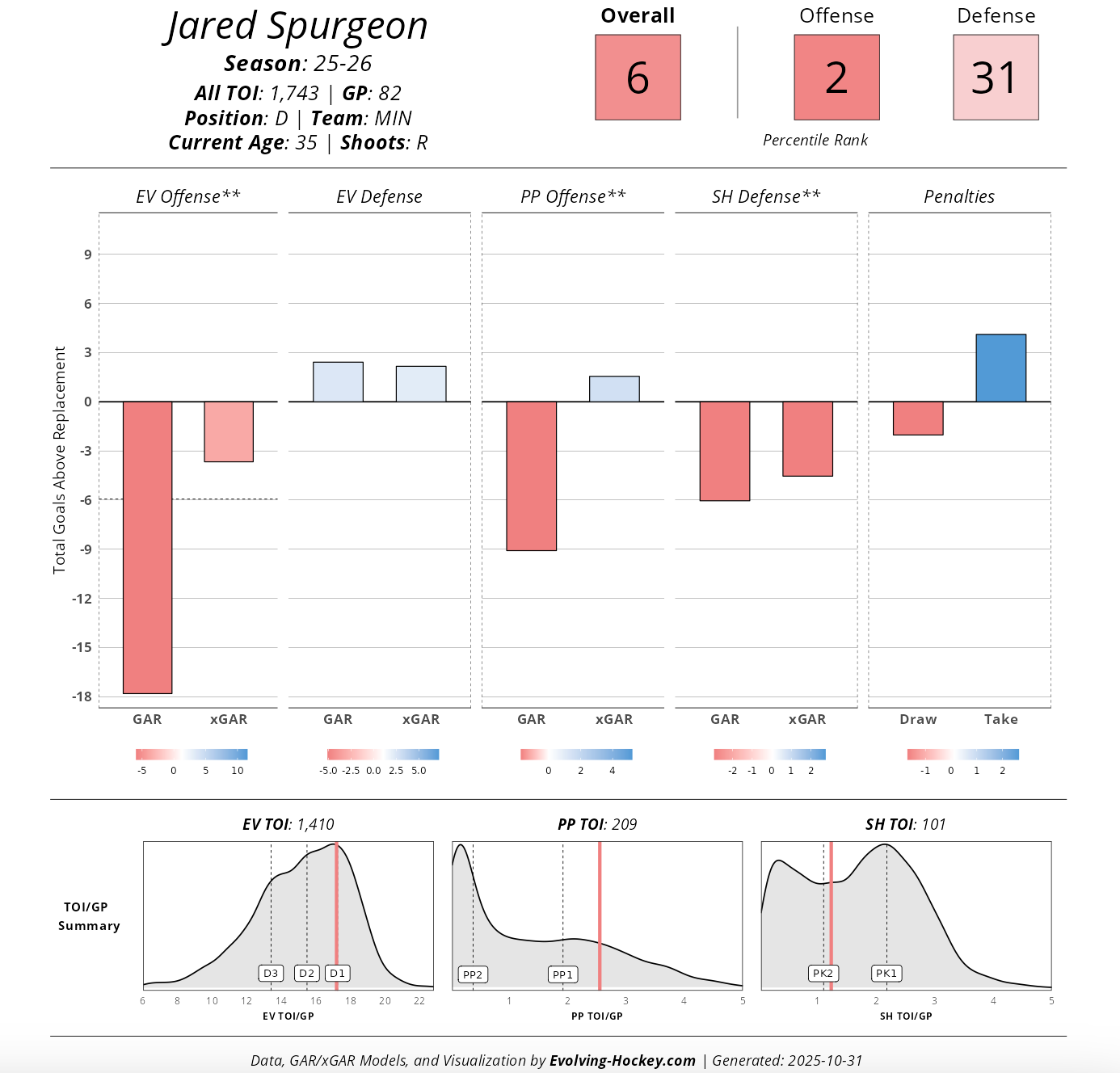
That isn't Minnesota's only problem -- spotting them 1.4 points in the standings would take them from seventh in the Central Division all the way to... sixth -- but it's a massive problem for a team that needs their captain to be a stabilizing force.
The Wild may have given Kirill Kaprizov more money than anyone else in NHL history, but they're still, arguably, built around their blueline. Jonas Brodin is maybe the best shutdown defender of his generation, Spurgeon isn't too far behind, and Brock Faber has flashed those skills through his young career. Together, they set a high defensive floor for the team, and limiting scoring chances has been the secret sauce that's sent Minnesota to the playoffs year after year.
So what happens when the Wild's biggest floor-setter drops through a hole? We're seeing it now, with a 3-6-3 record through 12 games.
What's going on here?
The first thing to worry about for an aging player is mobility. Again, Spurgeon's game was never built on breakneck speed, but part of positioning is physically getting to the correct spots. Spurgeon has dealt with lower-body injuries over the past few years, missing most of the 2023-24 season due to back and hip surgeries, and sustaining lower-body injuries last season. Did all these just catch up to him?
Surprisingly, no. Spurgeon's top speed is 21.12 miles per hour this season, which is only 1 mph slower than before the injuries happened. Besides, top speed matters less than being able to access the speed a player has when they need it. Spurgeon's 8 bursts of 20-plus mph skating have him in the 74th percentile among NHL defensemen, and his 57 bursts of 18-to-20 mph are 88th in the league. He can still summon those wheels.
What's surprising, perhaps, is that it's the Old Man Skills that are failing him, at least on the offensive side of the puck. Spurgeon has long been one of the Wild's top offense-generators on the blueline at 5-on-5, and often, the top puck-moving option. Not this year.
Expected Goals For per hour, 5-on-5, Wild defensemen, 2025-26:
- David Jiříček, 3.07
- Jonas Brodin, 2.69
- Zach Bogosian, 2.63
- Brock Faber, 2.53
- Jake Middleton, 2.52
- JARED SPURGEON, 2.50
- Zeev Buium, 2.21
If you don't like expected goals, substitute that with any other metric you'd like. Looking at shots or shot attempts, Spurgeon stays second-to-last on the team in generating offense. It's worth noting his on-ice shooting percentage is just 2.7%, which is phenomenally unlucky, but he's not giving his team very many chances to turn things around, either.
Seeing Buium at the very bottom of the xG heap is interesting, and it's tempting to assign Spurgeon's drop in play-driving to being paired with Buium for much of the year. That's not totally untrue. Buium and Spurgeon played poorly together at 5-on-5 (36.8 xGF%), and a rookie like Buium is a much less reliable defensive partner than the likes of Suter, Brodin, or Middleton.
It's not that easy to explain, though. John Hynes has given up on the Buium-Spurgeon experiment and paired the latter with Middleton to get both defensemen going. They're doing better on the offensive side (generating 2.91 xG per hour). However, they've gotten worse defensively, conceding 3.16 xG per hour. What used to be a shutdown pairing is anything but this season.
Hynes has also tried putting him on the top power play unit to get him (and the unit) going, but that's been a bust. The Wild are 4-for-16 on the power play during their homestand... but just one of those goals has come with Spurgeon on the ice. Evolving-Hockey rates Spurgeon's power play impact as the worst among NHL players, while Zeev Buium, who has the league's second-highest power play GAR, is sitting behind Spurgeon and Faber.
The Wild went 0-for-4 on the man advantage last night, by the way. They had two chances to extend their first-period lead to 2-0, then missed an opportunity to re-take the lead in the second period.
This might not be the end for Spurgeon. Remember, he's got the Old Man Skills, and they've carried him this far. There are 70 games for them to kick in and have them turn this season around. But the end always comes, no matter how good you are at positioning yourself on the ice.
When the end does come for Spurgeon, this is what it'll look like.
The Wild are relying on him as much as ever, with him averaging over 21 minutes per night. In order for Minnesota to make the playoffs, Spurgeon must, once again, find a way to get the upper hand on Father Time.
Think you could write a story like this? Hockey Wilderness wants you to develop your voice, find an audience, and we'll pay you to do it. Just fill out this form.
-
 3
3
-
 1
1

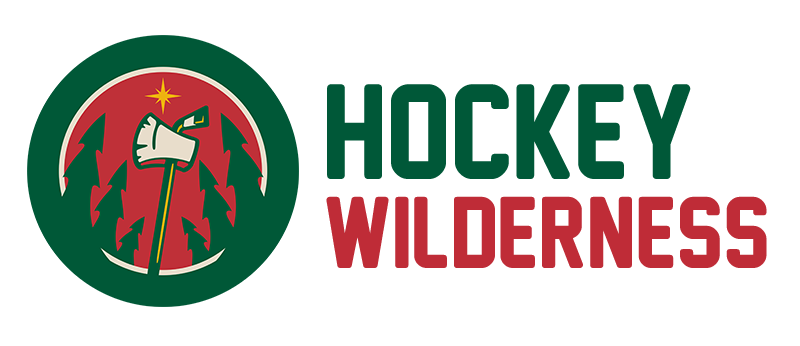


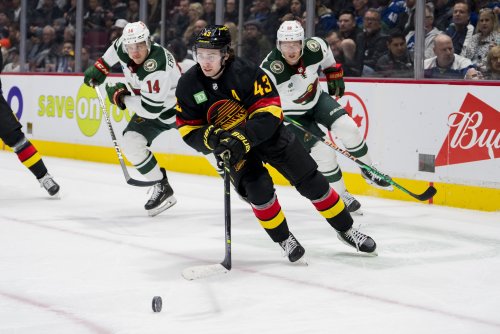
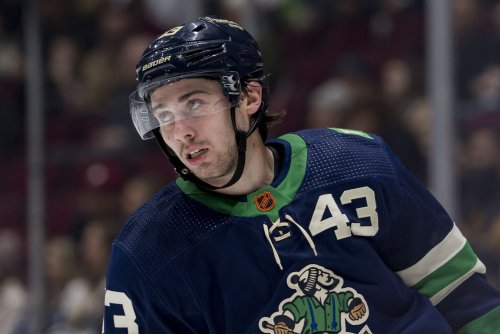


Recommended Comments
Join the conversation
You can post now and register later. If you have an account, sign in now to post with your account.
Note: Your post will require moderator approval before it will be visible.